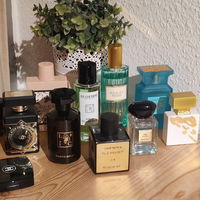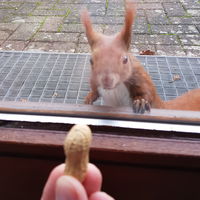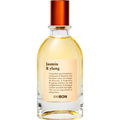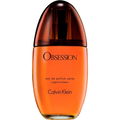
Pimm
1
Incense-y gingerbread
... that is, a lot of cinnamon, especially in the top note, an extra dose of coumarin; honeyed, a little buttery, somewhat dough-like, perhaps through some heliotropin – though not nearly as powdery as the remotely similar “Pi” by Givenchy. A fair amount of patchouli and a labdanum amber note also seem apparent to me. I know myrrh essential oil as a dark, mushroom-like licorice scent that brightens over time. This may well add to the vanillic dry-down of M&E, and, from the start, I do feel reminded specifically of German lebkuchen, which is frequently flavored with anise. Olibanum, similarly, is not all that prominent. Some days, I do smell its churchy, wafty bitterness clearly for a while. I suppose the resins add an important background of dark and sourish notes that save the fragrance from smelling stuffy or unrefined.
Having seen six slightly different versions of the olfactory pyramid (the packaging of my own bottle, archived versions of the 100BON web page, official-looking info sheets in sales listings), the notes that they all agree on are patchouli, myrrh, incense, tonka bean and a citrus top note (bergamot/ lemon/ various). I don't even notice that citrus note on my skin unless I spray twice. Most versions of the pyramid also include opoponax, which may help explain why this is a rather sweet myrrh fragrance. The papyrus note is not always present, sometimes notes like “amber wood” or “cashmere oud” seem to take its place. I'm suspecting that this refers to a woody-earthy accord involving cypriol. I think I'm familiar with that from oud fragrances and that it adds some dry bitterness here especially in the top note. Occasionally included top notes of “fraîcheur” and “sous-bois” (undergrowth) don't ring a bell for me.
I find M&E quite sweet, closer to an amber gourmand than to an exploration of (frank-)incense and (common) myrrh. In that latter vein, I appreciate how Dior's “Bois d'argent” brings out the subtle beauty of those resins. M&E is (very) mildly sickening to me, perhaps not so much because of the overall sweetness, which is balanced, to an extent, by bitterness, but rather because I seem to have trouble with highly dosed cinnamon or with cypriol or both.
The projection seems rather strong in the beginning and, at a close distance, the intensity rather too high; after an hour, it's perhaps already rather too discreet. I find that some projection – and the fragrance's essential character – is retained for some 8 hours. Whether M&E can be considered a cheapie would depend on local deals; the current 100BON asking price isn't far below mid-tier in my book.
Lastly, a note about the advertised “100% ingredients of natural origin”: My guess is – though I don't think it says so on the web page – that this refers to ISO 16128 or a similar standard for naturalness, and that a “natural origin” only rules out most petrochemicals. Which might avoid possible health risks from e.g. phthalates, but I certainly don't take that 100% figure to mean that unusually high amounts of natural fragrance materials are used or even that purely synthetic materials like Iso E Super are off-limits.






 Top Notes
Top Notes  Cinnamon
Cinnamon Fresh notes
Fresh notes Bergamot
Bergamot Heart Notes
Heart Notes  Myrrh
Myrrh Papyrus
Papyrus Patchouli
Patchouli Base Notes
Base Notes  Frankincense
Frankincense Tonka bean
Tonka bean








 Saradonin
Saradonin

























